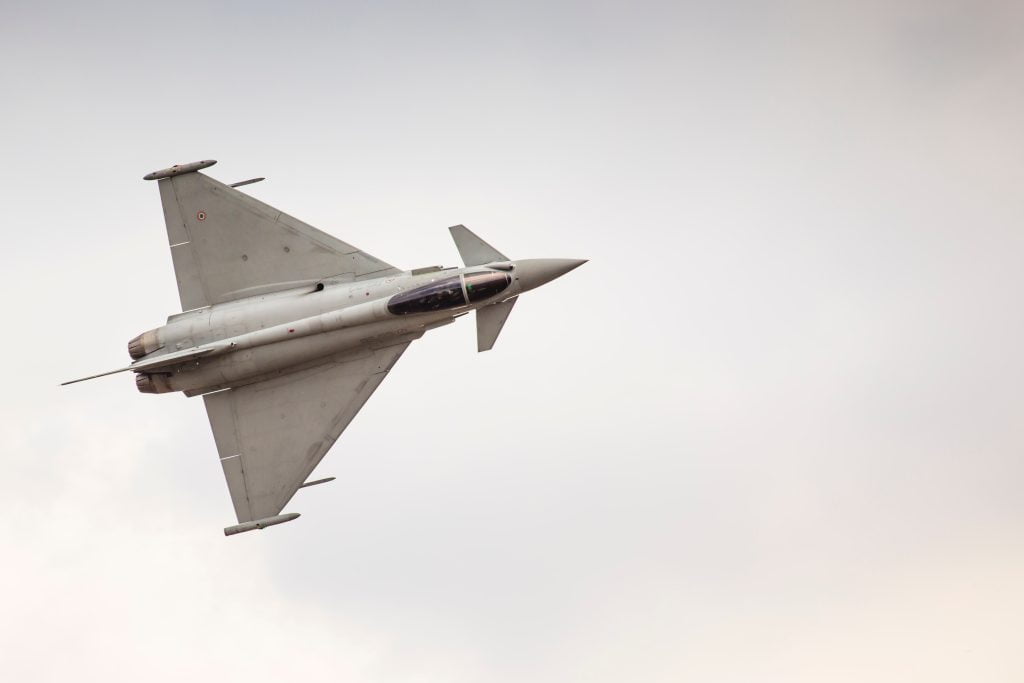The 21st century has seen significant advances in military technology, with countries around the world investing heavily in research and development to gain a strategic advantage. From cutting-edge weapons systems to advanced communication and surveillance technologies, the military capabilities of countries have grown significantly in the past two decades.

In this article, we will take a look at the top 10 military technologies of the 21st century, based on their impact and potential to shape the future of warfare.
- Unmanned Aerial Vehicles (UAVs) or drones: UAVs have become an integral part of modern military operations, providing a cost-effective and flexible way to gather intelligence, conduct surveillance, and even carry out targeted strikes. UAVs come in various shapes and sizes, ranging from small, hand-launched drones to large, jet-powered aircraft. The use of UAVs has grown exponentially in recent years, with the global market expected to reach $11.5 billion by 2026, according to a report by Allied Market Research.
- Cyber warfare: As our reliance on digital technologies has grown, so too has the potential for cyber attacks to disrupt military operations. Cyber warfare involves the use of computer-based tactics and techniques to attack and defend against enemy computer systems and networks. Countries have invested heavily in developing their own cyber capabilities, with some even establishing dedicated military units to defend against and conduct cyber attacks.
- Artificial intelligence (AI): AI has the potential to revolutionize military operations, from logistics and supply chain management to intelligence gathering and analysis. AI can help military forces make better, faster decisions by analyzing large amounts of data and identifying patterns and trends. AI can also be used to operate and maintain military equipment, freeing up personnel for other tasks. The global military AI market is expected to reach $10.8 billion by 2026, according to a report by MarketsandMarkets.
- Autonomous weapons systems: Autonomous weapons systems are military platforms that can operate without human intervention, using AI and other technologies to make decisions and carry out tasks. These systems could include drones, tanks, and even ships, and have the potential to significantly increase military capabilities and reduce the risk of casualties. However, the use of autonomous weapons systems is controversial, with many calling for stricter regulations to ensure they are used ethically and responsibly.
- Hypersonic missiles: Hypersonic missiles are a new generation of weapons that can travel at speeds of up to Mach 5 or higher, making them extremely difficult to detect and intercept. These missiles can be launched from land, sea, or air, and have the potential to significantly increase the firepower of military forces. However, the development of hypersonic missiles has sparked an arms race, with countries around the world investing in the technology.
- Military robotics: Military robots are being developed to perform a wide range of tasks, from bomb disposal and mine clearance to logistics and supply chain management. These robots can operate in hazardous environments, freeing up personnel for other tasks and reducing the risk of casualties. The global military robotics market is expected to reach $18.3 billion by 2025, according to a report by MarketsandMarkets.
- Directed energy weapons: Directed energy weapons use focused beams of energy, such as lasers or microwaves, to damage or destroy targets. These weapons have a number of advantages over traditional firearms, including the ability to engage multiple targets simultaneously and the lack of recoil. Directed energy weapons are still in the early stages of development, but have the potential to revolutionize the way military forces engage with enemies.
- Augmented and virtual reality (AR/VR): Augmented and virtual reality technologies have a number of military applications, including training and simulation, logistics and supply chain management, and even battlefield communication and navigation. AR and VR technologies can provide military personnel with a realistic and immersive training experience, allowing them to practice skills and procedures in a simulated environment. They can also be used to improve communication and collaboration, as well as to visualize and analyze complex data in real time.
- 3D printing: 3D printing, also known as additive manufacturing, has the potential to revolutionize the way military forces produce and repair equipment. 3D printing allows for the rapid production of complex parts and components, reducing lead times and increasing supply chain flexibility. It can also be used to repair or replace damaged parts in the field, reducing the need for logistics and supply chain support.
- Quantum computing: Quantum computers have the potential to revolutionize a wide range of industries, including the military. Quantum computers are able to perform calculations at a much faster rate than traditional computers, making them ideal for tasks such as code-breaking and complex simulations. While quantum computers are still in the early stages of development, they have the potential to significantly increase the capabilities of military forces in the future.
In conclusion, the 21st century has seen significant advances in military technology, with countries around the world investing heavily in research and development to gain a strategic advantage. From unmanned aerial vehicles and cyber warfare to artificial intelligence and autonomous weapons systems, the capabilities of military forces have grown significantly in the past two decades. Other technologies, such as hypersonic missiles, military robotics, directed energy weapons, augmented and virtual reality, 3D printing, and quantum computing, also have the potential to shape the future of warfare. While some of these technologies are still in the early stages of development, they all have the potential to significantly impact the way military forces operate and engage with enemies. It will be interesting to see how these technologies evolve and are adopted in the coming years, and how they shape the future of warfare.
Insider Release
Contact:
DISCLAIMER
INSIDER RELEASE is an informative blog. This blog discusses various topics. It is emphasized that the ideas and concepts, although based on research from official sources, result from free evaluations by the writers. The BLOG, in full compliance with the principles of information and freedom, is not classified as a press site.










Just finished reading this fascinating article on the top 10 military technologies of the 21st century, and wow, it’s an eye-opener! The advancements in autonomous drones, laser weapons, and cyber defense systems are just mind-blowing. It’s incredible to see how far we’ve come in developing tech that can significantly alter the dynamics of modern warfare and defense strategies. As someone deeply interested in how technology shapes our world, especially in terms of security, I found this piece incredibly informative and thought-provoking. Highly recommend giving it a read if you’re curious about the future of military tech!
Your article helped me a lot, is there any more related content? Thanks!